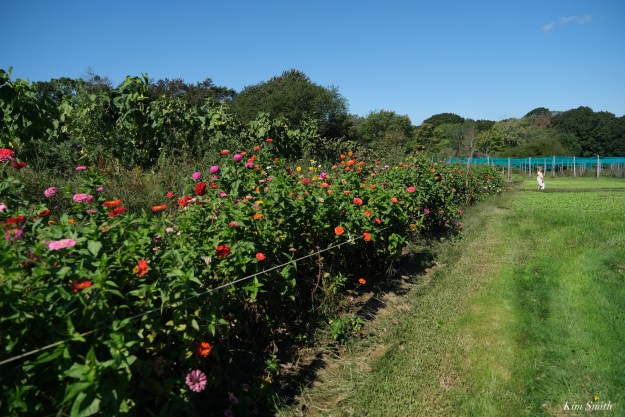The Monarch Butterfly’s important habitat in Prince Edward County’s South Shore is now permanently protected. South Shore Joint Initiative (SSJI) board and partners are delighted to share that the Ontario government has just announced a new conservation reserve in Prince Edward County!
Ostrander Point Crown Land Block and Point Petre Provincial Wildlife Area – nearly 4,000 acres along the South Shore of Prince Edward County, Canada’s last undeveloped Lake Ontario shoreline – are now designated as Ontario’s newest conservation reserve, Monarch Point.
The complete Environmental Registry of Ontario posting can be found here. It is understood that Hon. David Piccini, Minister of the Environment, Conservation and Parks will make a public announcement in The County in the near future.
“We’re thrilled that the Ministry of the Environment, Conservation and Parks has moved forward with this important designation.” John Hirsch, president of South Shore Joint Initiative shares, “We’re proud to have participated in the consultation process and look forward to being involved in future land management planning.”
“The Monarch Point designation is deeply meaningful to thousands of community members as well as local, provincial and federal non-profit partners. We’re profoundly grateful for the active support of the Alliance to Protect Prince Edward County, Birds Canada, Hastings Prince Edward Land Trust, Kingston Field Naturalists, Nature Canada, Nature Conservancy of Canada, Ontario Nature, Prince Edward Point Bird Observatory, Prince Edward County Field Naturalists, Quinte Field Naturalists, Point to Point Foundation, Consecon Foundation, Gosling Foundation and Schad Foundation and, of course, the Council of the County of Prince Edward.”
For more than five years, South Shore Joint Initiative has led local efforts for the permanent protection and preservation of South Shore lands and waters. The organization hosts regular South Shore Strolls and encourages enjoyment of these public lands through initiatives such as a new Eco-Footpath.
Cultural and built heritage is another focus of this volunteer-led environmental non-profit. Restoration of the heritage-designated Hudgin Log House is well underway. Once completed, it will become a unique Field Centre where students, scientists, researchers and the public will be able to deepen their understanding of the South Shore’s incredible biodiversity and history.
John notes, “South Shore Joint Initiative came together in 2018. Today, we celebrate this watershed moment in our County’s natural history. Monarch Point Conservation Reserve will ensure generations of people will continue to enjoy access to the rare and fragile lands of this remarkably biodiverse area. Most importantly, it will protect the habitat of at least 39 rare and at-risk species such as Blanding’s Turtles, dozens of migrating bird species as well as Monarch Butterflies.”
South Shore Joint Initiative will host an online screening of the award-winning film Beauty on the Wing: Life Story of the Monarch Butterfly on June 23 at 1:00 pm. Prince Edward County is home to one of only three International Monarch Reserves in Canada and this 56-min film captures the butterfly’s incredible migration story. To confirm free registration for a school group, send an email to katherine.rogalska@ssji.ca. General public tickets are also available for $10 online here.
About South Shore Joint Initiative: Our vision is a permanently protected Prince Edward County South Shore where together biodiversity and people thrive. Together, our mission is to educate and advocate for the protection, preservation and restoration of South Shore lands and waters.
As a Canadian registered charity, South Shore Joint Initiative relies on the generosity of donors and supporters to advance its mission. To learn more, become a member, attend an event, volunteer or donate, visit ssji.ca.
For more information:
Cheryl Anderson
613-849-7743 or cheryl.anderson@ssji.ca

Like this:
Like Loading...
 Monarch egg – a miniature golden dome, the size of a pinhead
Monarch egg – a miniature golden dome, the size of a pinhead




























































































































































